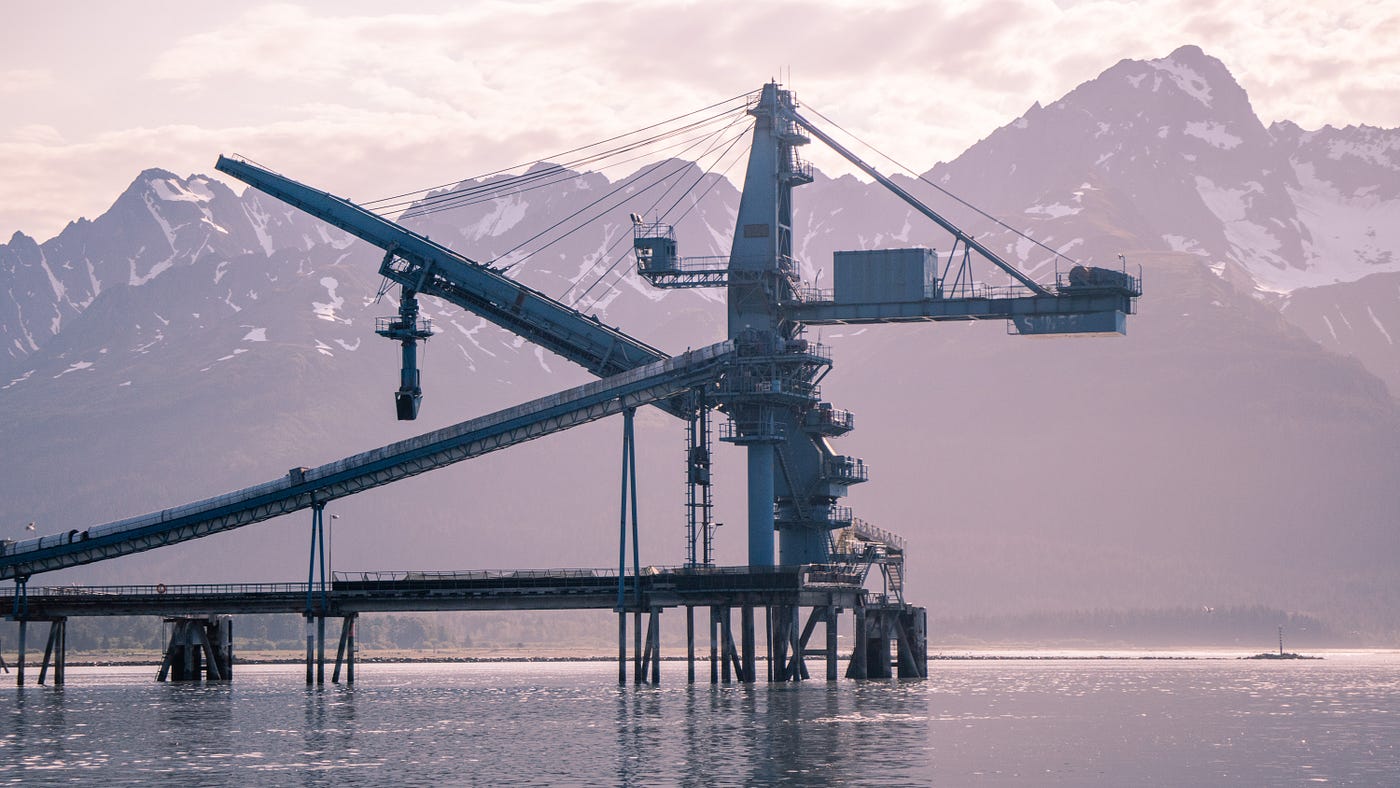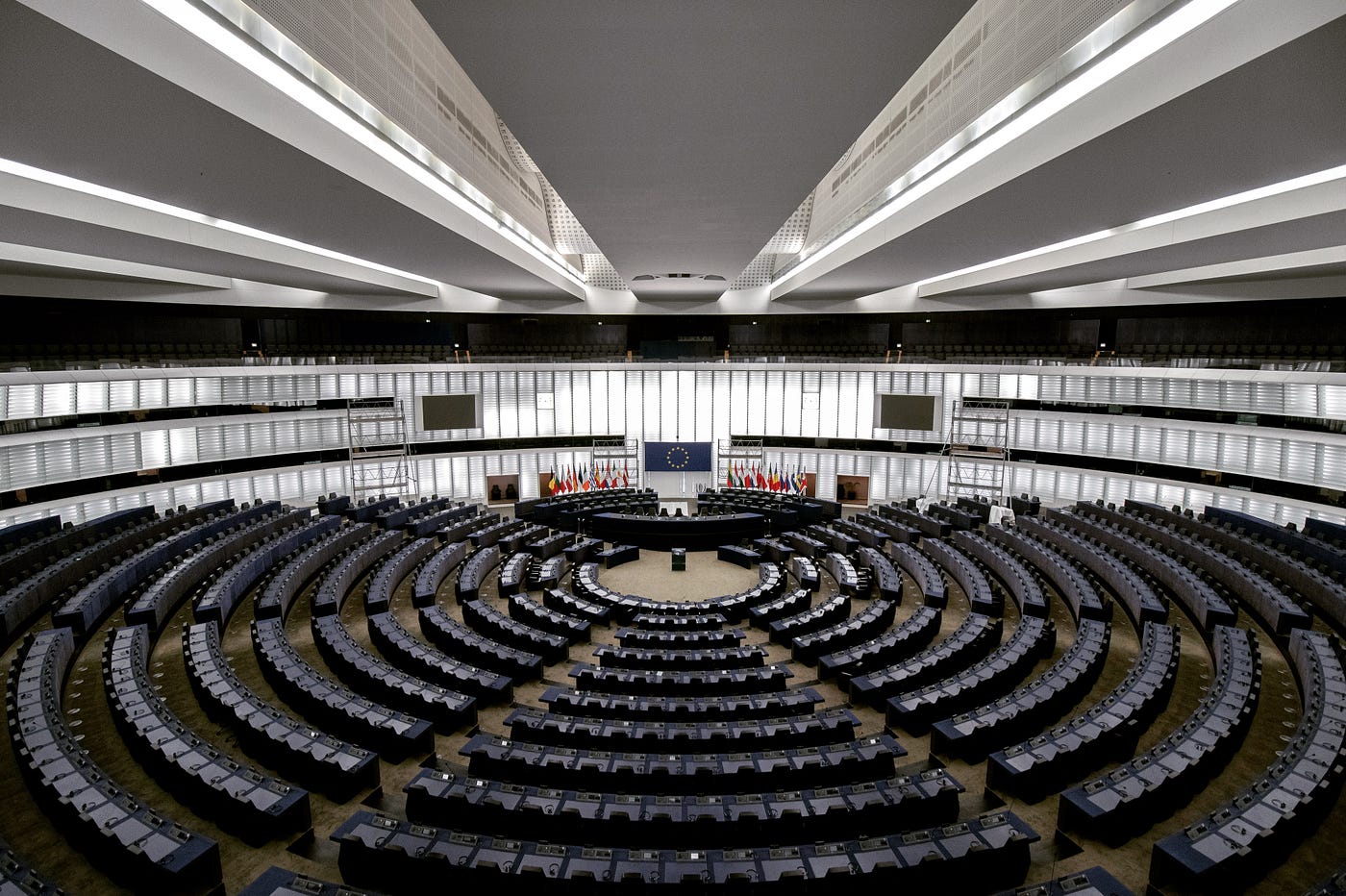Time is running out for climate change solutions, whilst women continue to pay the price


· 7 min read
“Everything. Everywhere. All at once.”
That’s United Nations Secretary-General António Guterres’ take on the latest IPCC climate change report, published on March 20th. The report comes as a harsh final warning to governments across the world that now more than ever, hard action must be taken to keep global heating below the 1.5°C target set in 2018.
The report also focuses on a “clear way ahead” — setting out ways in which moving away from fossil fuels and focusing on developing in a more sustainable way will have political, economic and social benefits in the long term, particularly for women.
This comes as US President Joe Biden finally approved a new oil pipeline, known as Willow, to be constructed in the close to the Alaska Native village of Nuiqsut, the previous week (March 13th).
Released during Women’s History Month, the latest report is a reminder of how women are disproportionately impacted by climate change, and how current practices may not be best serving them, whilst governments continue to stall on climate solutions and leave vulnerable communities unheard.
On International Women’s Day (March 8th), Greenpeace UK caught the attention of their Instagram following with a simple statement: “The climate crisis is sexist”.
Figure 1: Slogan posted on Instagram by Greenpeace UK (@greenpeaceuk) on International Women's Day (8th March)

While perhaps a generalisation to create shock value, there is some truth behind the statement. There has been a wide range of research into why women feel the effects of climate change greater than men do.
According to the UN, all across the world, women represent an overwhelming share of the poorest groups across the world, not just in the Global South. Women, traditionally homemakers, are more dependent on natural resources and agriculture to provide safe and secure energy, food and water for their households. Changing extreme weather patterns, including unexpected drought and flooding, and deforestation, as a result of climate-damaging practices, are making these resources more precarious.
Paired with this is the lack of agency that women often have in influencing decisions at higher levels. Cass Hebron, a climate communications consultant based in Belgium, believes that for too long, political and economic systems have not been designed to give women equal access to resources and opportunities.
“Women don’t have as much access to land, they don’t have as much access to leadership, they don’t have as much access to money. They’re held back in many areas around the world from having their own funds or from being heard in decision-making processes,” she said.
“And in addition to that, often dealing with additional struggles, not just lack of being heard or a lack of resources, but also a greater risk of coming across gender violence and harassment at home.”
And the evidence is there. A UN Environment report last year found that of the number of people displaced as a result of climate change, 80% are women. And when women are displaced, there is a greater threat of them experiencing sexual violence.
Intersectionality - the combination of issues relating to different social factors such as gender, race, class, sexuality, disability and many others - means that women are also disproportionately affected around the world due to their individual situations.
Cass Hebron says: “If you are a woman and then also part of one of these other marginalized groups, then you face multiple layers of institutional barriers and of systemic inequality and of social prejudice against your involvement, which makes it very difficult for any decisions made through the current political system to be truly representative of the people that they’re supposed to support and protect from the climate crisis.”
One of the key actions proposed in the latest IPCC report is stopping all funding for new oil and gas pipelines. Despite this, on March 13th, US President Joe Biden gave the go-ahead for a new oil pipeline project, known as Willow, in Alaska.
The project has been welcomed by many within local communities, including Mary Peltola, Democratic representative for Alaska in Congress, who hails the pipeline’s positive economic impacts on the region, and the prospects of greater fuel security in the wake of Russia’s invasion of Ukraine.
Figure 2: Oil drilling in Alaska

Source: Photo by Joshua Sukoff on Unsplash
The project is also facing lawsuits from multiple environmental groups, who allege that President Biden has broken his pledge for no new oil drilling on federal lands.
However, this plan isn’t all that new. ConocoPhillips, the company operating the pipeline, has held a lease over the land since the late 1990s, and was first approved by former President Trump in 2017.
ConocoPhillips said of the most recent approval: “After nearly five years of rigorous regulatory and environmental review, the National Environmental Policy Act (NEPA) process is complete. Willow is designed to support and coexist with subsistence activities with many mitigation measures built into the project design.”
Women are not only greater impacted by the effects of climate change, but also by the direct causes of it. Studies suggest that during fossil fuel extraction projects, temporary camps are set up for predominantly male workers, and these are linked with a surge in gender-based sexual violence and harassment and human trafficking. These are also considered to disproportionately effect Indigenous women and gender minorities.
There is an ongoing epidemic of Missing and Murdered Indigenous Women (MMIW) in the United States. Native Hope, a nonprofit based in South Dakota supporting Native people, is one of many support groups who believe this issue is widely underreported. Their website states that:
“The National Crime Information Center reports that, in 2016, there were 5,712 reports of missing American Indian and Alaska Native women and girls, though the US Department of Justice’s federal missing person database, NamUs, only logged 116 cases.”
Figure 3: Tohono Indian women at the 2019 Women's March in Tucson.

Source: Photo by Dulcey Lima on Unsplash
A 2021 WECAN report also detailed the health risks of such fossil fuel projects, particularly on women of colour, due to their immediate exposure to contaminated groundwater and polluted air. These include increased risk of premature births and high-risk pregnancies, as well as breast cancer and ovarian diseases.
And in the village of Nuiqsut, closest to the newly approved pipeline, local Native women have already been displaced. After a reported gas leak at another gas field in the area in March 2022, over 20 families were forced to evacuate the village, according to Nuiqsut Mayor Rosemary Ahtuangaruak, including a woman expecting her second child who drove her family over 800 miles to Anchorage.
The IPCC calls for ‘climate resilient development’ that reduces risk and vulnerability to climate shocks and the effects of climate change.
The solution, says Cass Hebron, is clear: women need more agency, but we still have a long way to go to achieve this.
Figure 4: United Nations Assembly.

Source: Photo by Frederic Köberl on Unsplash
“A lot of countries prevent women from having access to meaningful power, not just symbolic positions, but actual involvement in political processes. So I think in the Global North, we can put a lot more pressure on national governments here in Europe to make sure the involvement of women at a political level is meaningful.”
At last year’s COP27 climate summit in Egypt, the BBC found that the negotiating teams were only made up of less than 34% women.
Cass Hebron adds that treating issues affecting women as seriously as any other will benefit the fight for climate justice as a whole in the long term.
“Women’s rights are often still treated as a separate issue or just a purely a women’s interest issue when of course, gender equality benefits all genders and has a net benefit on society, on wellbeing and on preventing the worst climate disasters.”
This article is also published on the author's blog. Future Thought Leaders is a democratic space presenting the thoughts and opinions of rising Sustainability & Energy writers, their opinions do not necessarily represent those of illuminem.
Christopher Caldwell

Ethical Governance · Minorities
Supriya Verma

Women Empowerment · Minorities
Rahimah Hassan

Women Empowerment · Minorities
Al Jazeera

Human Rights · Women Empowerment
Deutsche Welle

Human Rights · Women Empowerment
Earth.Org

Women Empowerment · Diversity & Inclusion